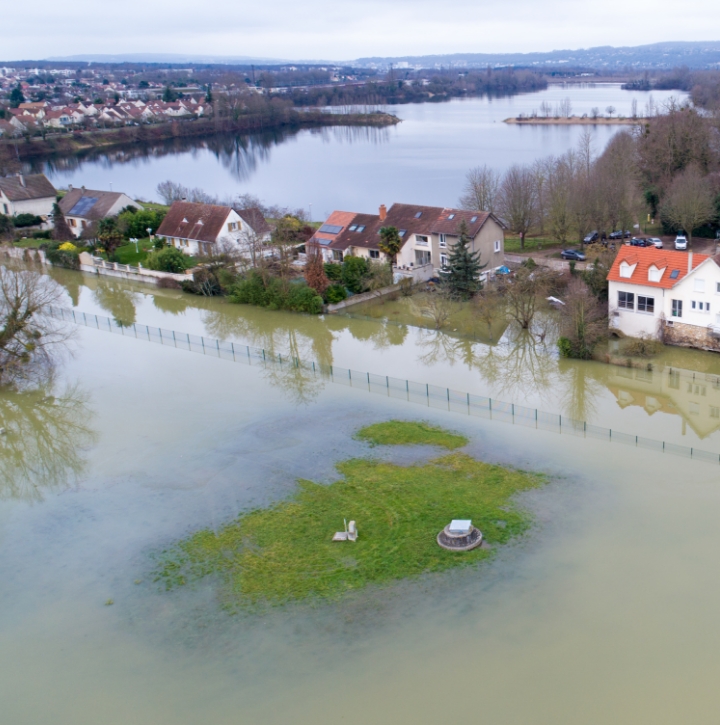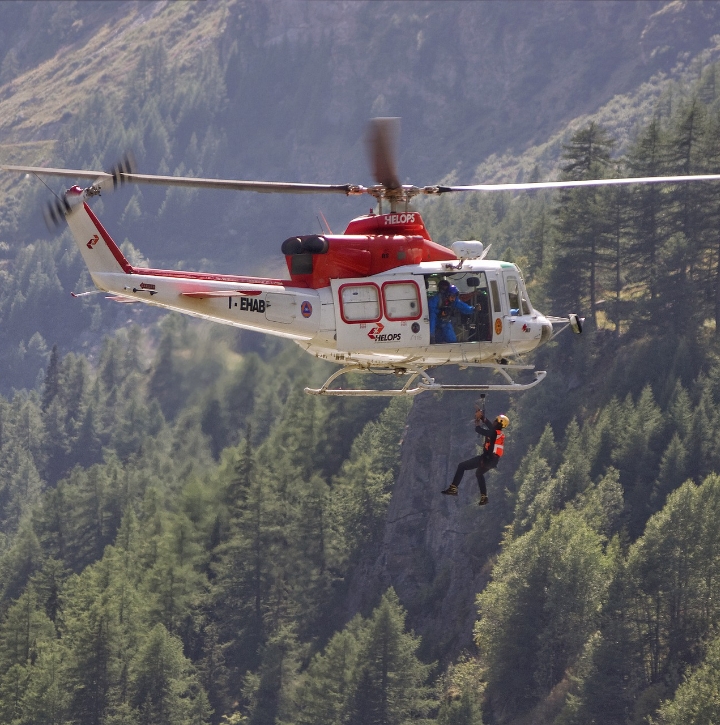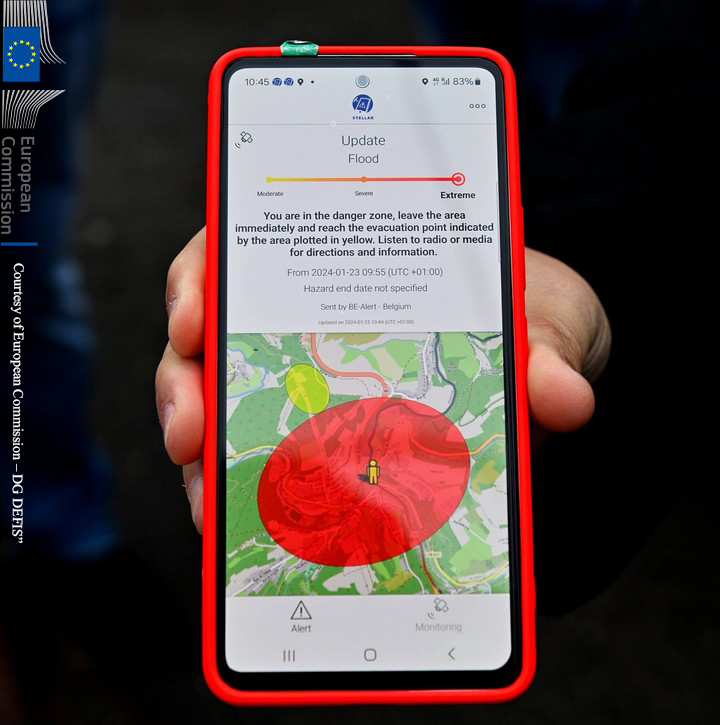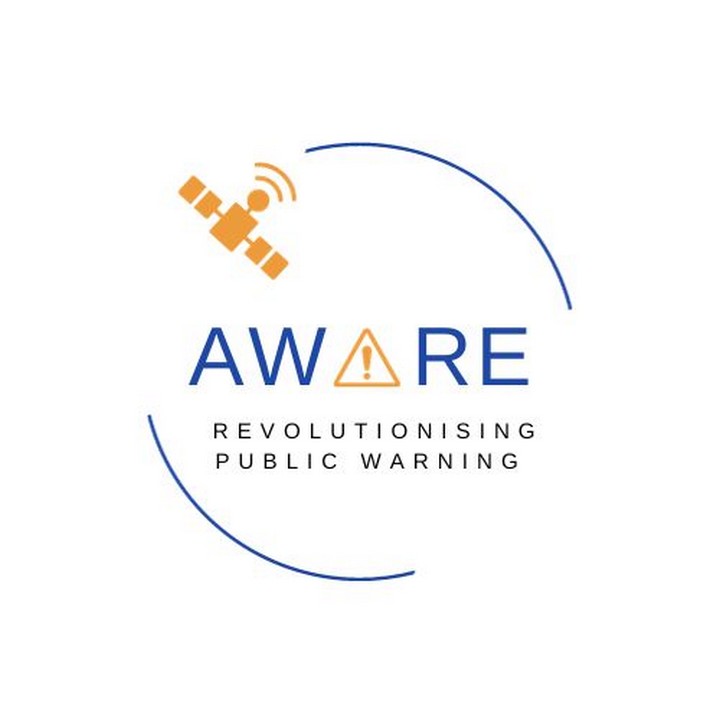HELP112 I & II

Telespazio France led the HELP112 project, initiated by the European Commission, aiming at defining the best solution to transfer User GNSS based position data to PSAPs (Public Safety Answering Point) for E112 emergency calls with mobile phones. AML (Advanced Mobile Location, ETSI TR103393), allowing the position of the smartphone to be sent automatically to PSAPs when calling 112 from this smartphone, has been selected as the best solution and deployed in 4 countries (pilots): Austria, Italy, Lithuania and The United Kingdom.
Telespazio France also successfully coordinated HELP112 II project, aiming at bringing the AML deployment in Europe to 50% in terms of Member States. AML have been deployed in Croatia, Denmark, France, Germany, Hungary, Portugal and Sweden.
Telespazio has also been in charge to perform GNSS specific testing activities in HELP112 I and II projects.
By the end of these projects, many lives had been saved thanks to AML.
WorkingAge

The WorkingAge project, initiated by the European Commission in 2018, aims at developing the WorkingAge Of Wellbeing (WAOW) Tool improving the health and well-being of people at work by supervising their working conditions and providing different types of advice through personalised technologies and friendly & intelligent human interfaces.
In this context, a WA application is used to interface with the user and to run the algorithms responsible for monitoring all the collected data.
Telespazio France is responsible for two functionalities embedded in the WA application as a background running service:
- A ‘Location’ (indoor/outdoor) functionality, based on GNSS and Wi-Fi positioning.
- An ‘Emergency’ functionality, manually or automatically triggered by the WAOW tool (e.g. the electrocardiogram sensors detecting a heart attack), and allowing the launch of a call to 112 and the provision of key data to Emergency services, through a PEMEA compatible infrastructure.
GRALLE

The GRALLE project, initiated by the European Commission in 2017, had the objective to define, design and demonstrate an efficient Galileo-based, low latency, reliable and highly standardized Emergency Warning Service to improve worldwide safety and security. Telespazio France participated in the project as Service Provider, being in particular in charge of the service definition and operational concept.
Telespazio developed the smartphone application, enabling Galileo Emergency Warning Service messages decoding and display (GEWSMobile application) as well as the demonstration prototypes using Galileo E1 and QZSS L1SAIF. Telespazio also coordinated and performed test and demonstration activities (in Catania Sicily, Toulouse France and Melbourne Australia) and was also in charge of the Cost Benefit Analysis of the service.
Telespazio France was awarded by Telespazio Group for this activity.
SBAS ASECNA

In the frame of SBAS ASECNA Phase B project, initiated in 2019, Telespazio France was involved in the specification of the ILS/OPS activities for the maintenance, logistics, management of obsolescence and in the definition of the plan for the validation based on the operational concept and the scenarios. Telespazio France also contributed to the Emergency Warning Service demonstration.
As part of this demonstration, Telespazio France upgraded the GRALLE prototype user terminal (hardware and GEWSMobile smartphone application), aiming at receiving and displaying the alert message to the user, to make it compatible with SBAS L5 signals. Telespazio France also developed an Emergency Warning Message generator (ASAP) and drafted the demonstration scenarios.
SERENITY

The SERENITY project, initiated by the European Commission in 2020 and led by Telespazio France, aims at prototyping and demonstrating a planned evolution of the SAR/Galileo service, to be fully integrated into the existing Cospas-Sarsat system: the Two Way Communication Service (TWC), one of the four planned evolutions of the Return Link Service. The TWC service will take a step further by enabling communication between compatible distress beacons and the Rescue Coordination Centre in charge of the rescue mission, through predefined questions and answers.
Such a service will help rescue teams to deploy adequate resources, improving worldwide SAR operations. The TWC service will also reinforce the Return Link Service benefit of reducing the panic level of the distress beacon user and further boost survival rates.
STELLAR

The STELLAR project, initiated by the European Commission in 2022 and led by Telespazio, has the objective to prepare the introduction of Emergency Warning Satellite Service in the Galileo 1st Generation (G1G). More specifically, STELLAR aims at the consolidation of Galileo EWSS concepts, by developing a full representative prototype architecture, and by organizing demonstrations in the European Union to evidence the characteristic and performance of this future alert service.
Telespazio France, coordinator of the project, lead also the demonstrator development and integration, the preparation and execution of the demonstration and the fine-tuning of the concepts of operations from feedbacks collected on the demonstrated concepts.
Telespazio is responsible for the development of two key components of the STELLAR demonstrator:
- The platform responsible for reception and encoding of Alert requests sent by civil protection authorities;
- And the mobile application which allows reception, decoding and notification of the emergency warning messages by smartphones.
Four demonstration campaigns in collaboration with the Civil Protection Authorities of five European Member States (Belgium, Cyprus, France, Germany and Luxembourg) are planned during the project.
AWARE

The AWARE project, a co-funded EUSPA Horizon Europe project led by Telespazio France, targets the development of a Galileo EWSS solution for fixed Public Warning Systems such as sirens, long-range acoustic devices, digital panels or indoor alerting devices.
More information is available here.

